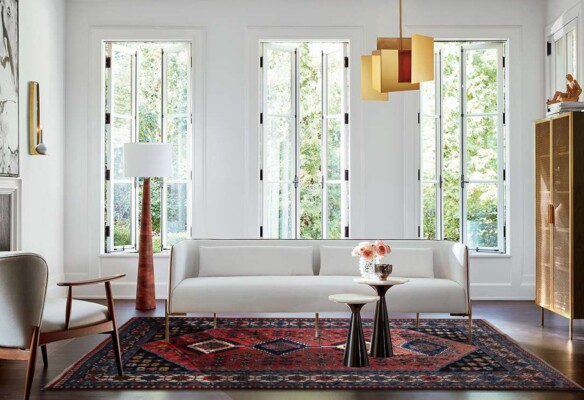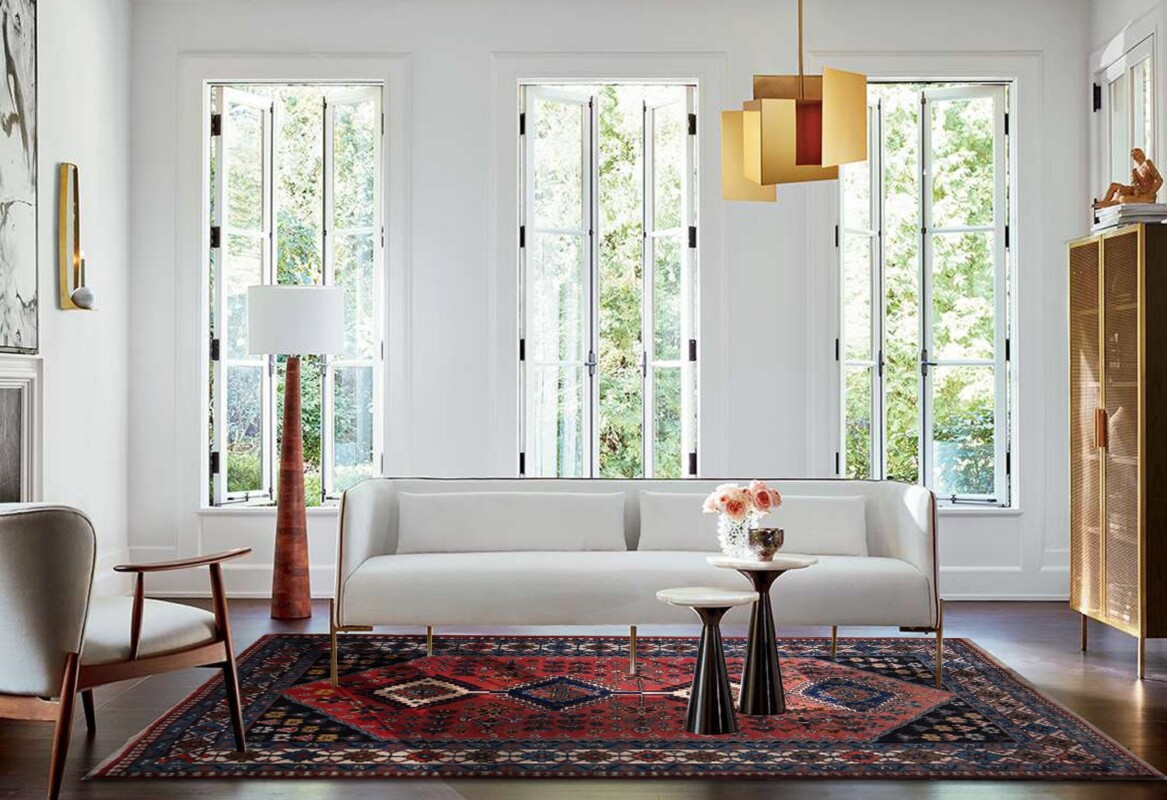Uncategorized
Abadeh and Yalameh carpets, the jewels of the centeral-south
Abadeh and Yalameh carpets, the jewels of the centeral-south

Persian carpets have many qualities and designs depend on the location of the production. Of all the Persian carpets in the central area, the two most important are the Yalameh carpets and the Abadeh carpets. The area from which these two carpets are originate is central-south of Iran near Isfahan and Shiraz. The effect of the proximity of the two origin places of these carpets means that despite different motifs and colors, they have in common the single identical geometric designs, one stylizing the single designs and the other working on linear designs such as lozenges or other shapes geometric. In this article we explain the particular characteristics of these two magnificent millenary carpets.
Yalameh is a zone in the south of Chaharmahal Bakhtiari which is a territory of nomads in Iran. The occupation of nomads from Yalameh is weaving carpets, alongside the other activities. Yalameh carpets come from this zone and the cities near to it which have slightly differences in the techniques and designs based on the tribes who are weaving them.
The design of Yalameh carpets are the combination of geometric patterns with broken lines and lnear motifs. Due to the geographical location of Nomads, the design of carpets are usually similar to each other, however, in Yalameh carpets, the floral designs of Bakhtiari carpets are not used. The design of Yalameh carpets are mostly under the influence of the Ghashgai designs in the shape of repetitive lozenges. Recently the multiple-framed design is getting popular between nomads who are weaving Yalameh carpets and the significant character of them is the odd number of these frames both horizontally and vertically.
The weft, warp, and pile of Yalameh carpets are in wool from the nomads’ animal herd which is dyed naturally. The size of these carpets are usually not more than 300×200 cm and it is possible to find small-sized carpets as a decoration for wall or tables in modern ambient. The primary colors of Yalameh carpets are dark red, dark blue, and light blue, and the secondary colors are white, beige, and grey.
Abadeh carpets from Abadeh city near to Shiraz are mostly with higher quality than Shiraz carpets. Previously, the design of these carpets was a combination of small floral motifs. This design was not satisfying the need of the market and despite the high quality of these carpets, Abadeh carpets were not common. Later the weavers decided to get inspired from Ghashgai, Afshar, and other nomad carpets to improve the design and recently, these carpets are considered as one of the most beautiful carpets in the world. The combination of small lozenge medallions on top of a dark red field that is full of small stylized floral motifs makes the Abadeh carpets one of the traditional carpets which suit in any modern environment. The corners of the Abadeh carpets are in triangle shape which are decorated with beige or white octagon diamond motifs.
The natural dyeing process of the raw materials gives a natural look to the Abadeh carpets. The common color used in Abadeh carpets is the red tonality for the field and beige, yellow, brown, and rarely blue for the motifs. The size of the Abadeh carpets are from small-sized mat to large-sized carpets with 300×200 cm measurement. The material used in these carpets are mostly cotton for weft and warp, and wool for the pile with symmetrical knots. Abadeh carpets with two wefts in cotton are durable with high density.




